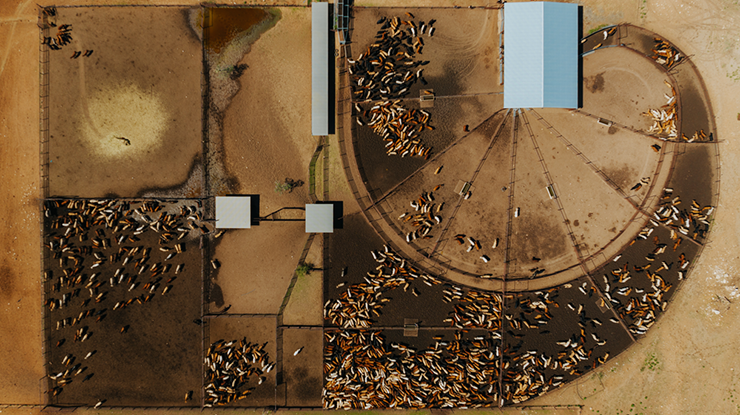
Take control of resistant worms
If you’ve noticed your favourite products aren’t killing worms as well as they used to, you’re not alone.
Cattle producers across Australia are facing a rapid onset of resistance to their most commonly-used chemicals.
Here are some tips for managing these chemicals to give them a longer lifespan and provide better care for livestock.
Too much of a good thing
The macrocyclic lactone (ML or ‘mectin’) class of products has been the dominant chemical used for parasite control in cattle for the past 30 years.
Mectins are popular because they are:
- safe, with very few problems with toxicity, unlike the previous generation of chemicals
- effective against adult and larval worms, with extended duration of action
- flexible – as well as worms, they control a range of external parasites including buffalo flies, ticks, lice and mange mites.
However, the enthusiasm for these products has seen many cattle producers neglect to rotate and use older chemicals (levamisole and benzimidazoles) or new chemicals (monepantel), or combinations which may have greater efficacy and ease the selection burden on the mectin class.
Selection for drug resistance
Every population of parasites contains a small number of individuals (possibly only one in a trillion) that already carry genes for resistance.
When this population is exposed to a chemical (drench), all of the susceptible worms will die but the resistant one will survive.
Over time, repeated treatments will continue to reduce the number of susceptible worms until resistant worms make up the bulk of the population.
‘Refugia’ means the population of worms that aren’t exposed to the chemical. In wet years this is large, because of the high numbers of worm larvae on pasture, but in dry areas, most of the worms will be inside the animals.
Cattle properties naturally have refugia as only some mobs (usually the younger ones) are treated, allowing susceptible genes in the untreated worms to survive and dilute the numbers of resistant worms selected by the treatment. However, repeated treating of all animals on a property eliminates refugia and selects for rapid resistance to chemicals.
Diagnosing resistance
Methods of testing if a drench still works include:
- Post-treatment worm egg count (WEC). This will give a rough indication of how well the drench worked. Samples are taken two weeks (day 14) after treatment. A worm identification (larval culture) added to the test will also tell the type of worm that survived the drench. If a single treatment is used, samples can be collected from the ground (less than 10 minutes old) or taken from the rectum using a gloved hand. If multiple products are used, samples must be taken directly from the rectum.
- Before and after test. The same as above, but the results are compared with the worm egg counts from prior to treatment (known as day 0) to calculate the efficacy (% kill) of each treatment against each worm type.
- Full drench test. Cattle are randomly split into groups, then treated with several treatments, to assess how each drench group works against each type of parasite present.
Resistance trends
Unlike for sheep, where good data is available, there isn’t currently a comprehensive picture of cattle drench resistance across Australia.
However, trials conducted by state government and pharmaceutical company researchers in many locations reveal some obvious patterns (Table 1). These trends reflect what is happening worldwide [i].
Table 1: Estimated resistance status of currently available drenches in Australia (2022)
|
Chemical group |
Barber’s pole worm |
Brown stomach worm |
Cooperia |
|
Macrocyclic lactones |
Some resistance |
Some resistance |
Established resistance |
|
Levamisole (clear) |
No resistance |
Some resistance |
No resistance |
|
Benzimidazoles (white) |
Some resistance |
Some resistance |
Some resistance |
|
Monepantel |
No resistance |
No resistance |
No resistance |
|
Seven tips to stop drenches failing
|



